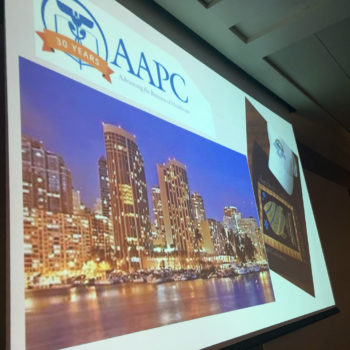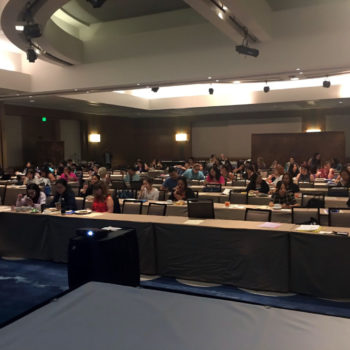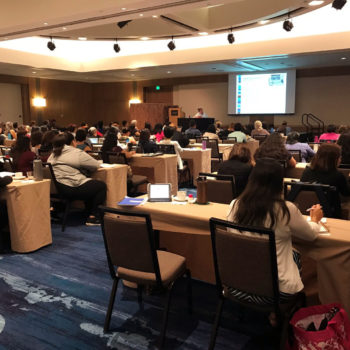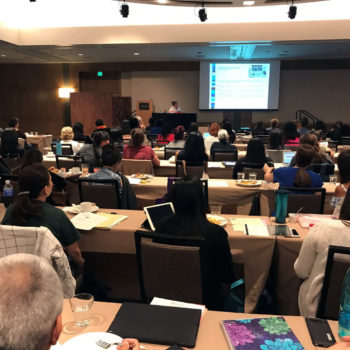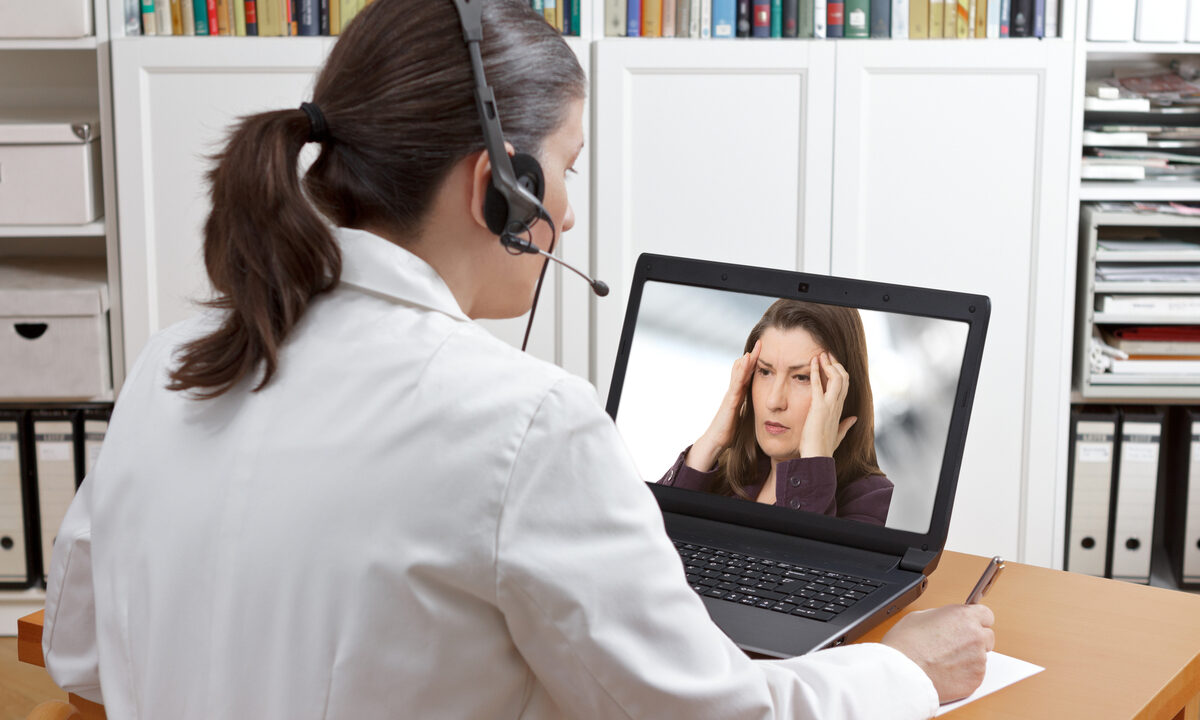
Telehealth Fact Sheet and E/M Tips for 2024
As we all know the PHE, public health emergency, ended on May 11th, 2023, but the confusion on how to report Telehealth services continues to live on. When Medicare published its Final Rule last November 2nd, 2023, they did extend many of the original flexibilities through the end of 2024. However, some definite changes will impact all medical practices engaged in using Telehealth for their encounters, and it is imperative to be up on all of the current published guidance.
CPT has also added their insight on what “qualifies” as Audio-Video and Audio-Only services with the additions of new guidance in CPT 2024 (page xvii) and Appendix P and Appendix T of the code book. Remember to check with commercial payers for their specific updates to their telehealth payer policies, so that you are not over or under-reporting your services in 2024.
Here is a checklist and compliance “Tips” for Telehealth services in 2024, primarily for Medicare, that will help you stay compliant:
- As of 08/09/2023, all Telehealth Platforms must be HIPAA compliant per OCR (Office of Civil Rights). FaceTime, Skype, Google Hangouts, TikTok, and Zoom are non-HIPAA compliant platforms.
- All audio AND video Telehealth office visits have been extended for coverage through 12/31/2024 per the Consolidated Appropriations Act of 2023, and the Medicare Final Rule, with some restrictions.
- Starting January 1st, 2024, CMS has stated that providers will no longer use the “place of service where the patient would have been had they reported in person”.
As of 2024, Medicare has instructed:
POS 02 is to be used when the patient is not in their home, and the reimbursement will be linked to F (facility) rates.
POS 10 is to be used when the patient is in their home, at the time of the telehealth encounter and reimbursement rates will be the same as NF (non-facility) rates.
- Hospital (POS 02) audio and video Telehealth, if needed, will be reimbursed at the facility rate.
- Audio only codes 99441-99443 will continue to be on payment parity with 99212-99214, respectively. So not add the modifier -95 in 2024, as it is no longer appropriate, and is not in the CPT® Appendix P. These codes are also not in CPT® Appendix T, so the -93 modifier would also be inappropriate since the code itself states it is audio only. But of note, the documentation of why the patient could not be seen for an audio and video visit or attend an in-person encounter must be entered when using the phone call codes.
- Audio Only Code(s) (99441-99443) are only for established patients as of 05/11/2023, the end of the PHE, and no longer used for New Patients. The code description in CPT now has to be followed. Again, the provider must document the time spent on the audio only call, and why the patient couldn’t use audio and video or come into the office for their encounter.
- AMA/CPT® has created an Appendix P for audio and video services which will require a 95 modifier on the service code along with the appropriate POS (place of service) for payment (see above). CMS agrees.
- AMA/CPT® has created an Appendix T for audio only eligible services that will require a 93 modifier on the service code along with the appropriate POS (place of service) for payment (see above). CMS agrees.
- Once the PHE ended on May 11th, 2023, CMS stated that providers will have to add their home address to their provider enrollment form, and this could be seen on a public site for all to access. Your deadline to add your additional location to your provider enrollment has been extended through 12/31/2024. We recommend that providers get back to the office to avoid any issues of privacy breaches, from sites, like Care Compare®, that may list the provider’s home address even if the MAC’s (Medicare Administrative Contractors) use the office location address.
- CMS states they will continue to define direct supervision to permit the presence and immediate availability of the supervising practitioner through real-time audio and video interactive telecommunications through December 31, 2024.
- Crossing State lines (physician in one state while the patient location is in another state when virtual services are provided) for Telehealth is only allowed if the provider is licensed in the State where the patient is located at the time of the encounter, and if the provider is licensed in the State, they are located at the time they are providing treatment.
For example, if the physician is licensed and resides in Illinois, and the patient resides in Illinois, but the patient is in Florida on vacation and wants a telehealth visit, the physician would have to be licensed in Florida to provide the visit. Or if the physician is licensed in Illinois, but is in California on vacation, he/she would have to be licensed in California to see a patient via Telehealth.
During the PHE, we saw the need for telehealth, and how it allowed for access to medical care when we were told to stay home or to quarantine if COVID-19 symptoms were prevalent, or if you were a high-risk patient. But the payers made it too easy for providers to bill telehealth services, without any guardrails to make sure over-utilization did not occur. Unfortunately, we have seen “bad actors” taking liberties by reporting telehealth visits when not medically necessary or when not appropriate for the patient circumstance. It appears that post PHE, many visits via telehealth are for convenience, and may not be appropriate when the patient is available to come in person.
Many practices have also billed for audio only encounters to give routine test results or to refill prescriptions which is non-compliant. A reminder that if you didn’t charge for incidental and ancillary services prior to the PHE, like giving patient routine test results over the phone, it is not appropriate to report it as a telehealth visit now.
It is important to review the language in CPT® Professional Edition 2024 to know when it is appropriate to report a telehealth visit, and not use that option for incidental or non-medically necessary services. See page xvii in CPT® 2024 to get the information.
Telehealth can be an “invited risk” if not met with compliance. OIG telehealth audits have been ongoing since 2021. Make sure you are spot-checking and internally and externally auditing your telehealth services and practices for compliance to avoid a costly audit in the future.
Let us know if we can assist with an external audit.
This article was updated on January 9th, 2024
References:
- https://www.cms.gov/newsroom/fact-sheets/calendar-year-cy-2024-medicare-physician-fee-schedule-final-rule
- https://www.federalregister.gov/documents/2023/11/16/2023-24184/medicare-and-medicaid-programs-cy-2024-payment-policies-under-the-physician-fee-schedule-and-other
- https://www.ama-assn.org/press-center/press-releases/ama-releases-cpt-2024-code-set
AAPC Regional National Conference Hawaii 2018
Recently, I was once again honored to speak at the 14th Regional AAPC Conference at the Hawaii Prince Hotel Waikiki in Honolulu Hawaii.
This year I had the opportunity to give a keynote speech on Telemedicine. The conference attendees were very positive and interacted throughout my talk. I met some great healthcare coding and billing professionals. I already can’t wait to return in 2019!
Attendees were interactive and positive. I met some great healthcare coding and billing professionals and can’t wait to return in 2019.
2018 Specialty Coding Workbooks now available for purchase!
Take Terry Fletcher’s expertise with you everywhere you go.
New 2018 reference guides are now available including updates to the Cardiology Coding Resource, Orthopedic Coding Resource, and Gastroenterology Coding Resource.
Each coding book can be purchased on the products page. More details about each guide, and how to purchase them, is listed below.
[separator top=”40″ bottom=”50″ length=”short” ornament=”yes” invisible=”no”]
Cardiology Coding Workbook, by Terry Fletcher
Your handbook for easy coding, quick referencing, and examples of your most routine services. Every Cardiology Coder, Biller, Collector and Administrator needs this coding tool for easy understanding and clear direction on Coding for Cardiology.
[separator top=”40″ bottom=”50″ length=”short” ornament=”yes” invisible=”no”]
Orthopedic Coding Workbook, by Terry Fletcher
An at-your-fingertips pocket guide to Orthopedic Coding and Billing. Every Orthopedic Coding and Billing office will find this tool their “go to” reference for routine Orthopedic coding.
[separator top=”40″ bottom=”50″ length=”short” ornament=”yes” invisible=”no”]
Gastroenterology Coding Workbook, by Terry Fletcher
A desk reference guide to easily assist GI practices with Endoscopy Coding, Modifier usage, and Screening rules. This easy to understand quick guide for all routine GI services is a “must have” for every Gastroenterology Billing office.
[separator top=”40″ bottom=”50″ length=”short” ornament=”yes” invisible=”no”]
How to purchase
![]()
Please visit the products page for more information on you can purchase each of these specialty coding guides.
Discover Pods “spotlights” Terry Fletcher’s CodeCast Podcast
If you love podcasts, chances are you’ve tried to find your favorites by searching the Internet. Oftentimes, locating that new must-listen show can be a challenge.
That’s where Discover Pods comes in. An unbiased medium created to work around the seldom changing top charts of established services such as iTunes or Stitcher, Discover Pods helps connects listeners with new and popular programs.
Recently, Discover Pods’ “Podcast Spotlight” shined on our own CodeCast Podcast:
CodeCast aims to provide healthcare industry professionals and physicians maximize their earnings by understanding new rules, regulations, and reimbursement areas. Episodes typically range under 30 minutes and are formatted to provide listeners with actionable advice they can take back to their organization.
For the full interview with Ms. Fletcher, please click on the link below.
Full Article: https://discoverpods.com/podcast-spotlight-codecast-medical-billing-coding-insights/
Photo Credit: Discover Pods
Answering your Telemedicine questions for 2018
There are a lot of questions about Telemedicine for the new year. Here are some frequently asked questions and/or statements about the service.
Payers will pay for Telemedicine services
Many commercial and Medicare plans have provisions for Telehealth services. It is up to your coding and billing staff to verify contract coverages and LCD’s for your state.
Telehealth will be a Billion-Dollar industry by the end of 2018
This is a WHO (World Health Organization) prediction.
GT Modifier as been deleted for 2018
A new POS (place of service) was created in 2017 for Telehealth services
Claims need to be submitted with this POS to ensure reimbursement. The POS designation is 02.
There is an originating site and a distant site fee
Register for our Executive Level Telemedicine Webinar
We’re hosting a live webinar on 3/20/2018 for coding and billing direction, with coding education materials.
Visit https://www.terryfletcher.net/services/specialty-coding-seminars/ to register.
